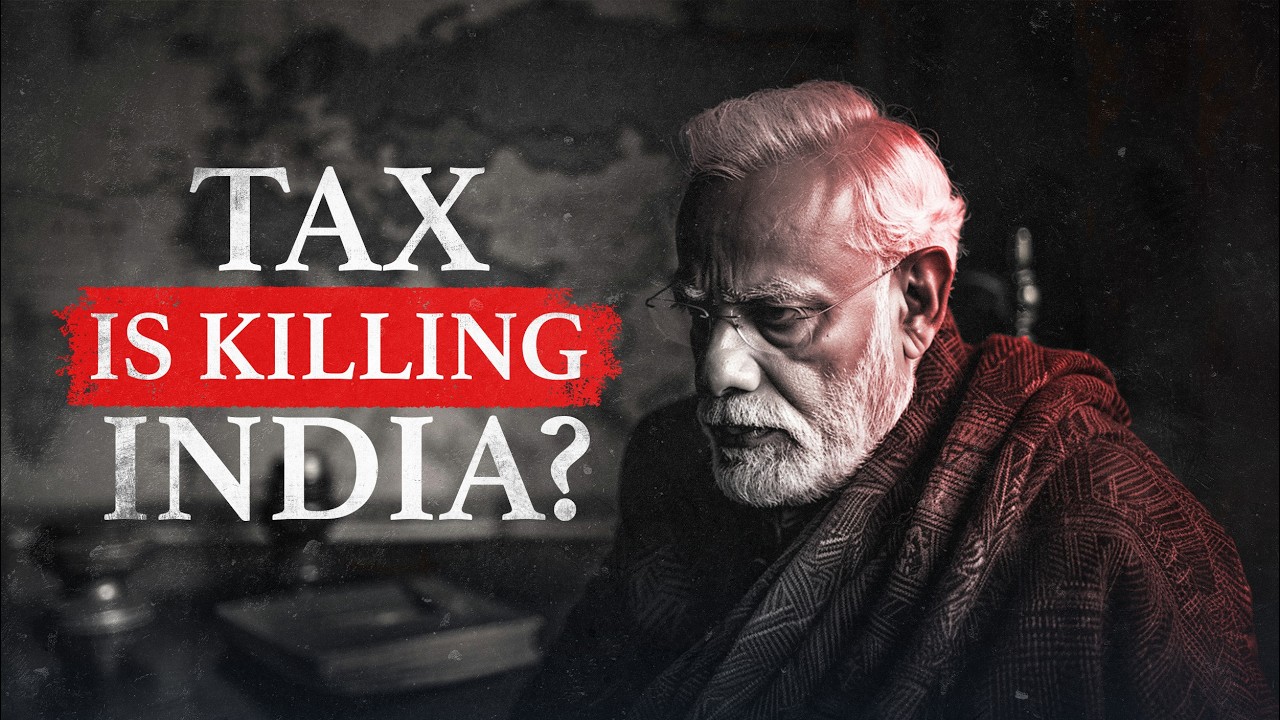How to spot a counterfeit bill - Tien Nguyen
Summary
TLDRThis video script delves into the world of counterfeit money detection, highlighting the prevalence and impact of fake currency in the U.S. It introduces the anti-counterfeit detection pen, which uses a potassium iodide and elemental iodine solution to identify starch in counterfeit bills. The script also explains the significance of authentic bills made by Crane and Company and the unique chemical reactions that occur with starch and iodine. Additionally, it covers advanced counterfeit measures such as the fluorescent strip in U.S. bills post-1996, which glows under UV light. The video concludes with simple visual cues to spot counterfeits, encouraging viewers to be vigilant against fake currency.
Takeaways
- 💵 The prevalence of counterfeit money in the U.S. is estimated to be one fake bill per 10,000, amounting to millions of dollars.
- 🔍 Counterfeit bills can cause a range of issues from personal financial loss to destabilizing national economies.
- 🖊 The anti-counterfeit detection pen, resembling a highlighter, uses a solution with potassium iodide and elemental iodine to reveal the presence of starch in counterfeit bills.
- 🌾 Authentic U.S. bills are made of cotton and linen, containing red and blue fibers, and are produced by Crane and Company, a highly-guarded company with a history dating back to the Revolutionary War.
- 🍚 The starch in counterfeit bills, composed of amylopectin and amylose, can be exposed by the detection pen due to the amylose's helical structure reacting with iodine to leave a dark mark.
- 💡 If a counterfeit bill lacks starch, the iodine solution will not react, resulting in a light yellow mark instead of a dark one.
- 🌌 U.S. bills printed since 1996 include a polyester strip that fluoresces under UV light, a feature used as an additional counterfeit countermeasure.
- 🔬 The fluorescent strip is printed with invisible ink and can be seen under natural light as well as glowing under UV light, indicating its presence in genuine bills.
- 👀 Simple visual cues can help identify counterfeit bills, such as lifelike portraits, precise seal points, unbroken inked borders, and evenly spaced serial numbers.
- 🔮 Using a combination of the detection pen, UV light, and visual inspection can effectively identify counterfeit currency.
Q & A
What is the estimated rate of counterfeit bills among every 10,000 U.S. bills?
-It is estimated that for every 10,000 U.S. bills, one of those bills is fake.
What potential problems can counterfeit money cause?
-Counterfeit money has the potential to cause problems ranging from leaving an individual short of money to destabilizing national economies.
What is the primary tool mentioned in the script for detecting counterfeit money?
-The primary tool mentioned is the anti-counterfeit detection pen, which contains a solution of potassium iodide and elemental iodine.
Why does the detection pen reveal the presence of starch on counterfeit bills?
-The detection pen reveals the presence of starch because authentic bills are made of cotton and linen and do not contain starch, while counterfeit bills often use regular printer paper strengthened with starch.
What is the historical significance of Crane and Company in relation to the script?
-Crane and Company is the highly-guarded company that has been printing currency since the time of the Revolutionary War, including the material used in authentic U.S. bills.
What chemical composition is found in the starch of counterfeit bills, and how does it react with the detection pen?
-The starch in counterfeit bills is made of two molecules: amylopectin and amylose. The amylose forms a helical structure that, when reacted with the iodide in the detection pen, forms a new compound leaving a dark mark on the paper.
How can the absence of starch affect the reaction with the detection pen?
-In the absence of starch, there is no chemical reaction with the iodide solution in the detection pen, resulting in a light yellow mark instead of a dark one.
What feature has been added to U.S. bills printed since 1996 to counter counterfeiting?
-U.S. bills printed since 1996 have a strip that fluoresces under UV light, which is an additional counterfeit countermeasure.
How does the fluorescent strip in the bills work under UV light?
-The polyester strip printed with invisible ink contains molecules that, when excited by UV light, return to their original states by radiating light in the visible range, making the strip glow.
What simple visual cues can one use to identify a counterfeit bill apart from the chemical and UV tests?
-Visual cues include a lifelike portrait, perfectly even sawtooth points on the seal, an unbroken inked border, and precisely equal spacing between numbers in the serial number.
What alternative method can be used to detect counterfeit bills when a detection pen is not available?
-If a detection pen is not available, one can take the bill to a location with UV light, such as a black light party or airport security line, to check for the fluorescent strip.
Outlines

هذا القسم متوفر فقط للمشتركين. يرجى الترقية للوصول إلى هذه الميزة.
قم بالترقية الآنMindmap

هذا القسم متوفر فقط للمشتركين. يرجى الترقية للوصول إلى هذه الميزة.
قم بالترقية الآنKeywords

هذا القسم متوفر فقط للمشتركين. يرجى الترقية للوصول إلى هذه الميزة.
قم بالترقية الآنHighlights

هذا القسم متوفر فقط للمشتركين. يرجى الترقية للوصول إلى هذه الميزة.
قم بالترقية الآنTranscripts

هذا القسم متوفر فقط للمشتركين. يرجى الترقية للوصول إلى هذه الميزة.
قم بالترقية الآنتصفح المزيد من مقاطع الفيديو ذات الصلة

PENTING!!! TIGA CARA MEMBEDAKAN UANG ASLI DAN PALSU

CRIMES CONTRA A FÉ PÚBLICA | Prof.: Daniel Buchmüller

Did Modi really kill black money in India? : Economic case study

Como produzir dinheiro falso

Former Secret Service Agent Explains How to Detect Counterfeit Money | Tradecraft | WIRED

BREAKING NEWS - Konferensi Pers Polisi Terkait Kasus Tindak Pidana Peredaran Uang Palsu Dollar AS
5.0 / 5 (0 votes)
